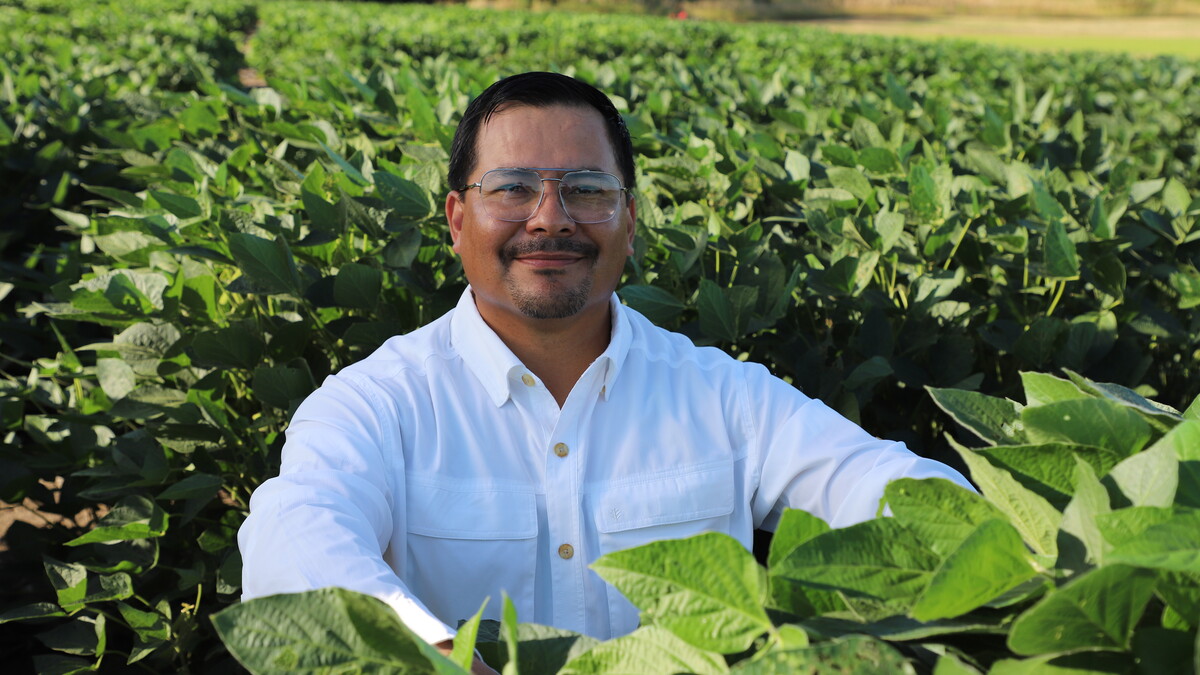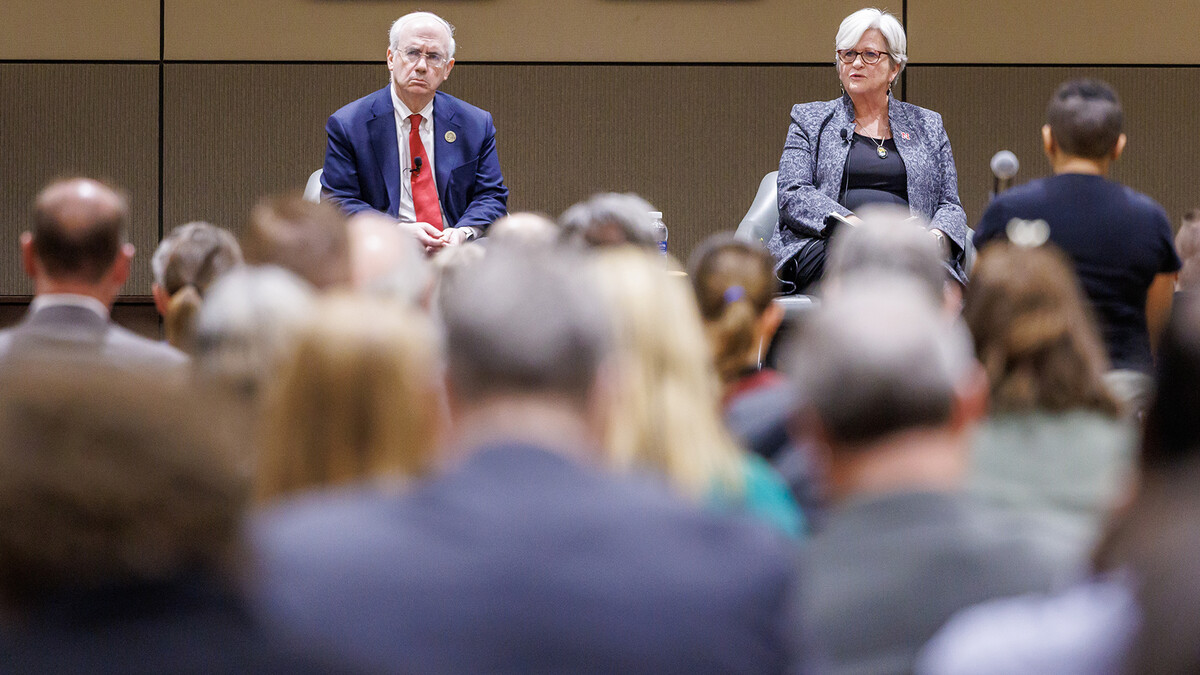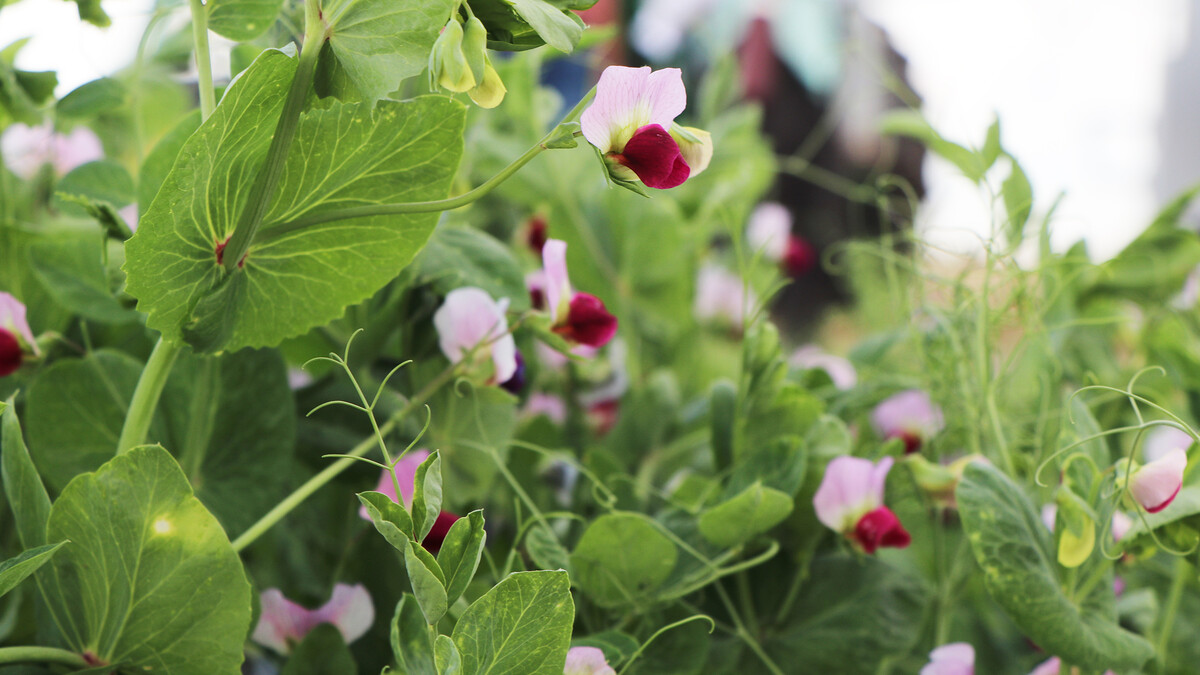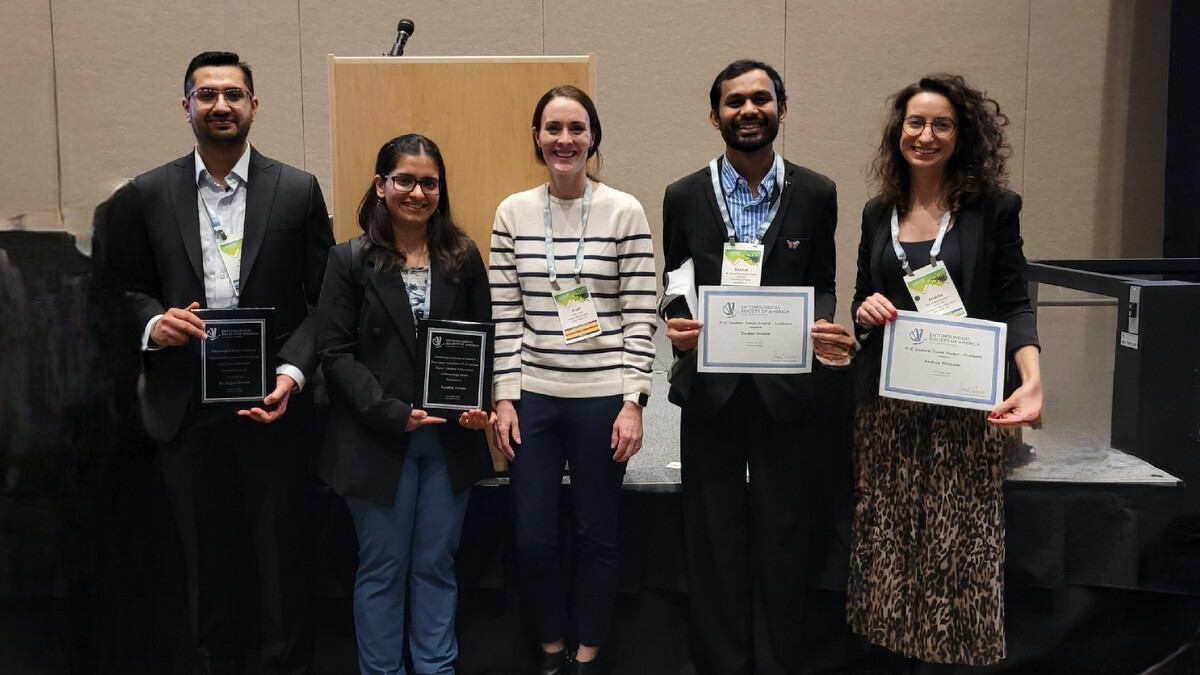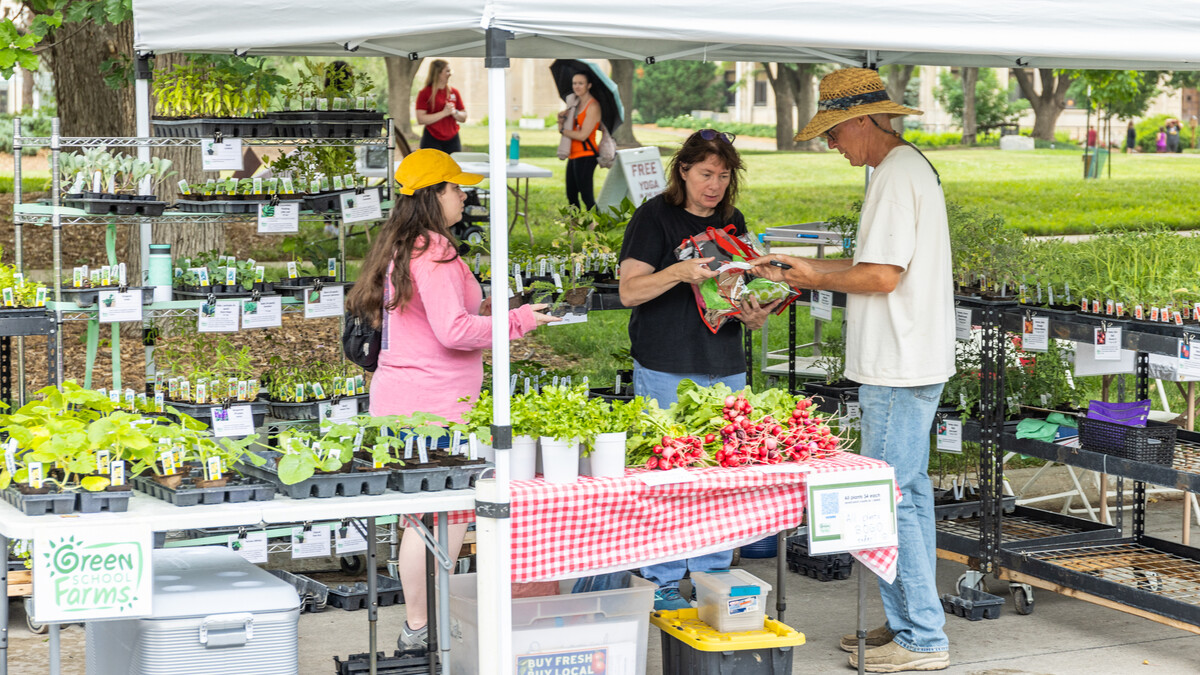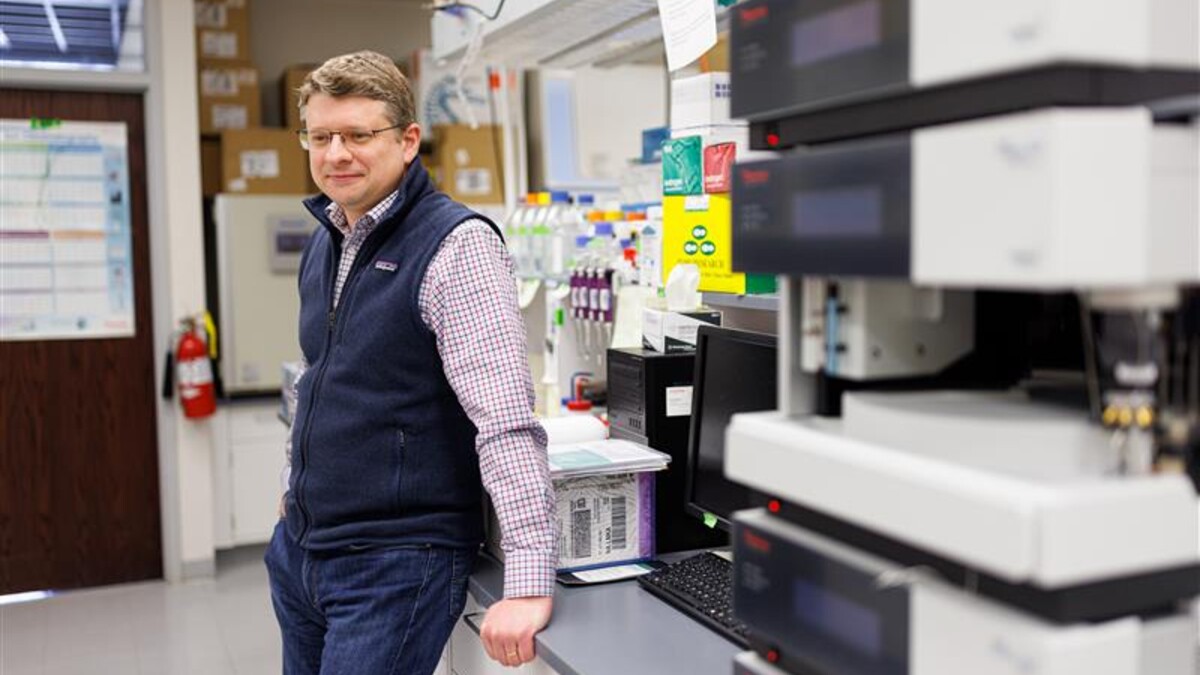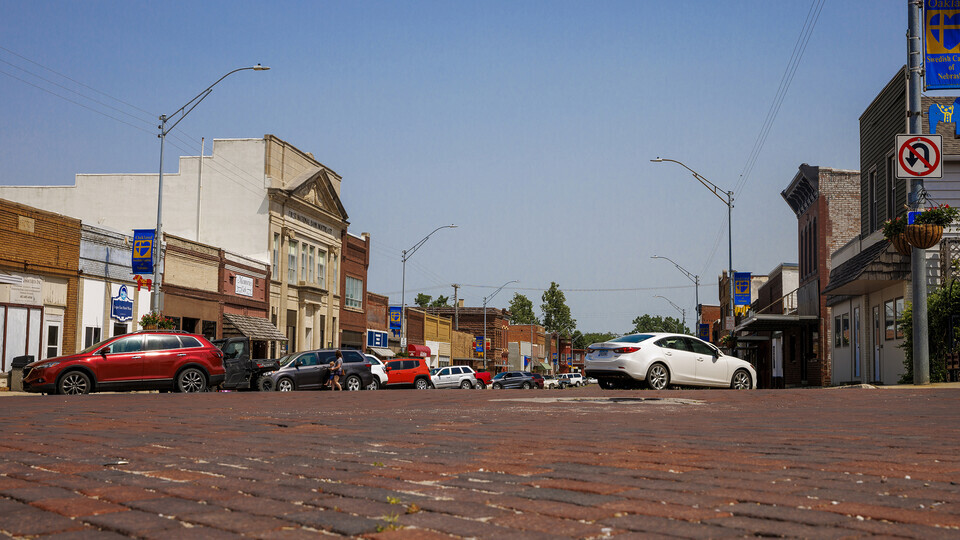
Lincoln, Neb. —Rural Nebraskans are more pessimistic about their current and future well-being, as well as changes in their communities, according to the 2022 Nebraska Rural Poll.
Since its beginning 27 years ago, the poll has asked respondents about their current situation, as well as their outlook on the future. This year, the proportion believing they are worse off than they were five years ago was 21%, up from 11% last year. This is the highest level since 2013, when 26% believed they were worse off.
However, the increase in pessimism about the future did not translate into increased pessimism about the present. This year, half of rural Nebraskans surveyed believe they are better off compared to five years ago, similar to the 52% reported last year. What did shift was the proportion saying they are about the same as they were five years ago. This year, three in 10 think they are about the same, a decline from nearly four in 10 last year.
The increased pessimism is also reflected in respondents’ expectations of their well-being 10 years from now, said Becky Vogt, manager for the Rural Poll. Respondents’ optimism about the future has declined slightly in the past three years. Forty-four percent of rural Nebraskans surveyed believe they will be better off in a decade. This has steadily declined from 52% in 2019, the highest proportion across all years of the study.
“While current conditions in rural Nebraska are challenging, respondents still have a favorable view of the future,” said Steve Schulz, associate professor of supply chain management at the University of Nebraska at Omaha.
The past three years have also seen an increase in feelings of powerlessness by rural Nebraskans. The proportions that either strongly disagree or disagree that people are powerless to control their own lives have steadily declined the past three years, from 54% to 47%. The proportion that either strongly agree or agree with the statement has steadily increased from 24% in 2019 to 34% this year.
As might be expected given the increased inflation rates at the time of the survey, respondents were less satisfied with their financial security during retirement and their current income this year. Satisfaction with their financial security during retirement decreased from 49% to 41%. Similarly, satisfaction with their current income level declined from 59% to 53%.
Rural Nebraskans surveyed are also less positive about the current change and expected future change in their communities this year. For the second year in a row, the proportion believing their community has changed for the worse during the past year was greater than the proportion saying it has changed for the better. In fact, the proportion saying their community has changed for the worse was 31%, the highest proportion in the survey’s history. Similarly, the proportion believing their community will be a worse place to live 10 years from now increased to 27% this year, the highest proportion in the survey’s history.
“This speaks to the reality that what worked for communities in the past may no longer be what people are looking for in the future,” said Amanda Tupper, Rural Prosperity Nebraska extension educator. “Yet as many communities have focused their efforts on attracting and retaining people, this changing community landscape opens the door to an opportunity to engage with current residents to identify those key factors impacting satisfaction with community change and reverse the negative trend.”
This year, rural Nebraskans surveyed are less positive about the leadership in their community. While 55% agreed their community leaders did a good job overall in 2015 — the first year the poll asked about leadership — only 48% agree this year. Respondents are also less likely to believe they are preparing youth to be effective community leaders.
Other findings from this year show that rural Nebraskans surveyed see technology as a tool that can be used by community leaders to engage more residents. Fifty-three percent agree or strongly agree that community leaders should use technology such as mobile apps or social media to better engage with residents. Younger Nebraskans specifically see the value in using technology. Respondents also believe getting more residents to take leadership roles in their community is critical to its future, as well as volunteering. Even so, many say they are volunteering less.
“Hope for rural communities is not a whimsical concept that is difficult to measure,” Schulz said. “Hope requires community members to recognize the will for improvement and the way or path for improvement in the future. Consistent perceptions about the importance of community leadership and growing pessimism about current leaders in rural Nebraska could create opportunities and challenges for the future. The development of the next generation of leaders in rural Nebraska will require increased community engagement and volunteerism to be successful”
This year, 1,105 rural Nebraskans completed the Nebraska Rural Poll — an 18% response rate.
The poll, now in its 27th year, is sent to 7,000 households annually in rural communities across the state. It is the largest annual poll gauging rural Nebraskans’ perceptions about policy and quality of life. The margin of error is plus-or-minus 3%. Complete results are available here. The University of Nebraska–Lincoln’s Department of Agricultural Economics conducts the poll with funding from Nebraska Extension.
